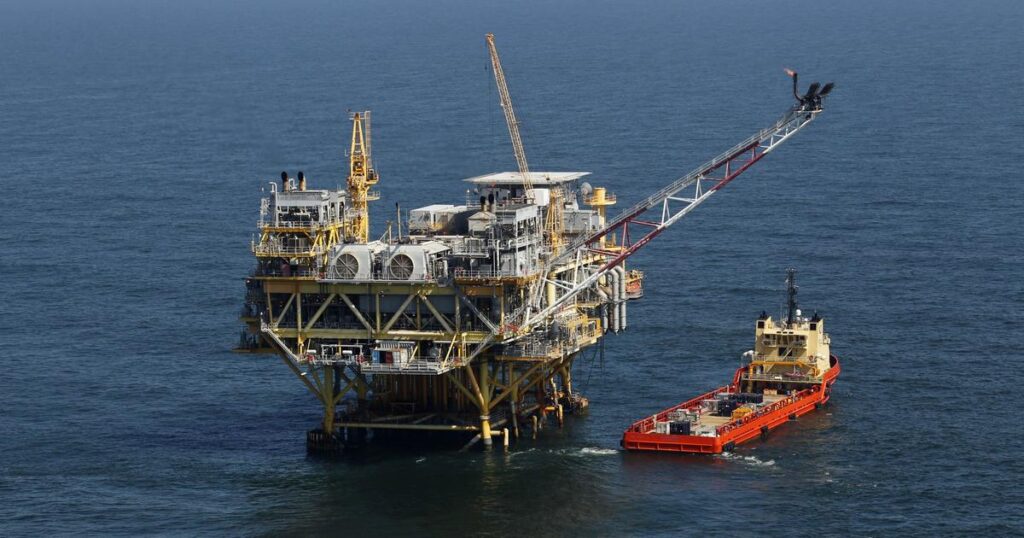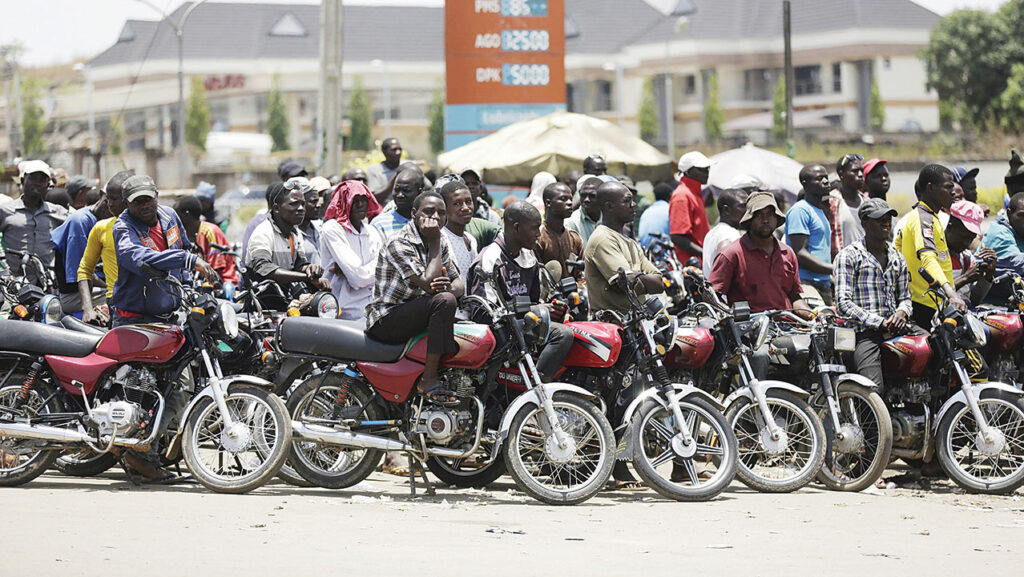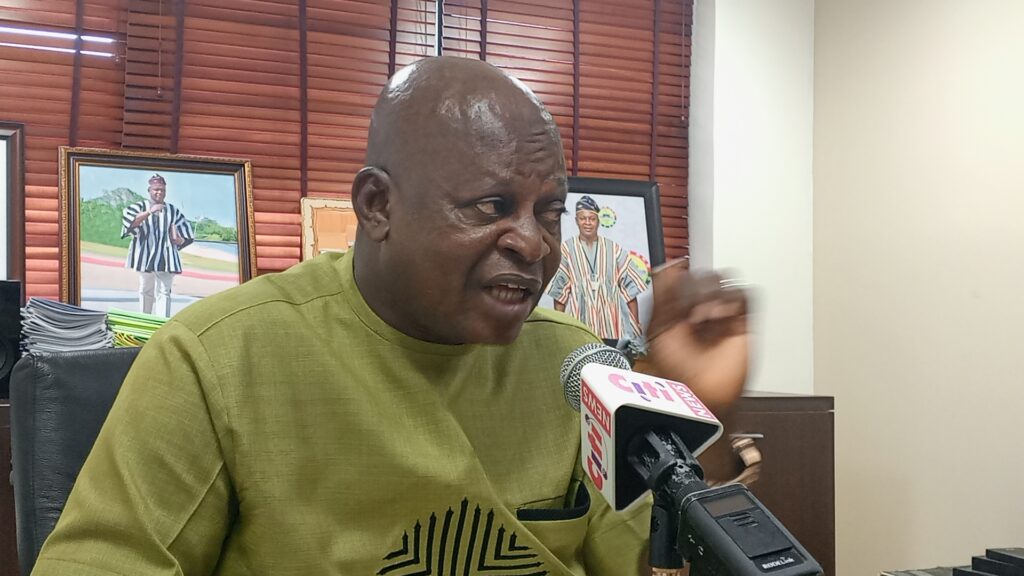Ghana currently holds the position of the second highest country in terms of indebtedness under the International Monetary Fund (IMF) Concessional Lending and Debt Relief Trust. The nation has an outstanding exposure of 2.242 billion Special Drawing Rights (SDR), which accounts for 17% of its total borrowings from the IMF, according to the IMF’s recent financial statements and quarterly reports as of October 31, 2024.

In this context, Ethiopia leads with an IMF debt of 2.256 billion SDR, while Zambia ranks third with a debt of 1.272 billion SDR. Following them are Kenya and Ivory Coast in the fourth and fifth positions, respectively. Collectively, these countries represent a significant portion of the total SDR debt, with the remaining 44% distributed among other nations.
Examining the regional distribution, Africa stands out as the most significant recipient of poverty loans, receiving 78% of the total, while Europe received the least, at just 1%. Ghana, along with Zambia, has faced challenges in meeting its debt obligations, prompting both nations to seek support from the IMF.
In light of its economic difficulties, Ghana turned to the IMF for assistance in 2023. A $3 billion bailout was approved under the IMF Extended Credit Facility (ECF), which aims to help stabilize the country’s economy. So far, Ghana has successfully received $1.92 billion from this program, with further tranches anticipated in the months ahead. This collaborative effort reflects Ghana’s commitment to improving its financial situation and fostering economic growth.






No comment yet, add your voice below!